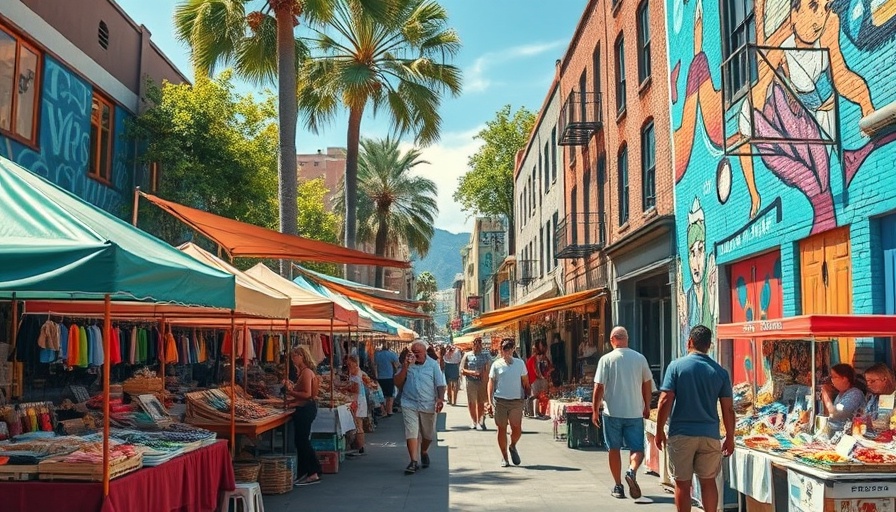
Unveiling the 102-Day Cleanup Effort
As the cleanup of the 16th Street Plaza reaches its 102nd day, the struggles faced by market vendors and the ongoing challenges in maintaining public order highlight deeper societal issues in San Francisco. Vendor Roberto, stationed in a relatively quiet parking lot, has witnessed a stark contrast between his sanctioned space and the chaos just a street away on Mission Street. Despite benefiting from a $25 weekly permit, the competition from unlicensed vendors across the street has left him disheartened.
Understanding the Context: The Vending Ban Dilemma
What exacerbates the current situation is the vending ban—an effort that aims to regulate street commerce while ensuring the safety and space for pedestrians. However, the bustling marketplace along Mission Street tells a different story, as noncompliance remains rampant. Every weekend, tides of vendors overwhelm sidewalks, disregarding both regulations and concerns over public safety.
Voices from the Community: Insights and Challenges
The perspectives of both vendors and residents shape this narrative. Residents often express frustration over the fragmentation of public spaces. Take, for instance, the tenants residing near the commercial lease sign hung prominently at Paul O’Driscoll’s building. They must navigate through a swarm of vendors encroaching on their living areas, making it increasingly difficult for families or individuals to access their homes safely.
City Oversight: A Call for Effective Governance
While two employees from the Department of Public Works were seen making a modest attempt to clean up the plazas, the presence—or lack thereof—of police adds another layer to the community’s concerns. When approached about the policing presence, workers suggested that they might eventually arrive—the implications of which suggest that sporadic enforcement only serves to reinforce the status quo. As a community, the question remains: what else is required from the city’s leadership to ensure both the cleanliness of shared spaces and the safety of residents?
Community Perspectives: Following the Rules vs. Reality
The ongoing situation urges a vital question; why should residents like Roberto continue to follow the rules when others are free to break them without repercussion? This sentiment is echoed throughout the local community; those striving to comply with city regulations often find themselves disadvantaged compared to those who operate outside the law. This appears to inhibit the very method through which rules are meant to ensure equitable access to public amenities and economic prosperity.
What Lies Ahead: Future Implications for the Neighborhood
Looking ahead, as San Francisco grapples with the complexities of urban living, maintaining a balance between enforcement and community welfare presents a challenge for local governance. The city council’s decisions will significantly impact initiatives designed to enhance neighborhood life and ensure public safety. A transparency in policy-making and community involvement will be crucial in curating sustainable resolutions.
Conclusion: The Call for Community Engagement
As this saga unfolds on the streets of San Francisco, there is a pressing need for constructive dialogue among stakeholders, from local businesses to governmental entities. The status quo is unsustainable, and fighting against indifference demands action and collaboration that extends beyond any one person or group. For community members and stakeholders eager to influence change, now is the time to step forward and voice concerns to local representatives. Remember, to drive progress, it’s imperative that everyone participate in shaping the future of our neighborhoods.
 Add Row
Add Row  Add
Add 




 Add Row
Add Row  Add
Add 

Write A Comment